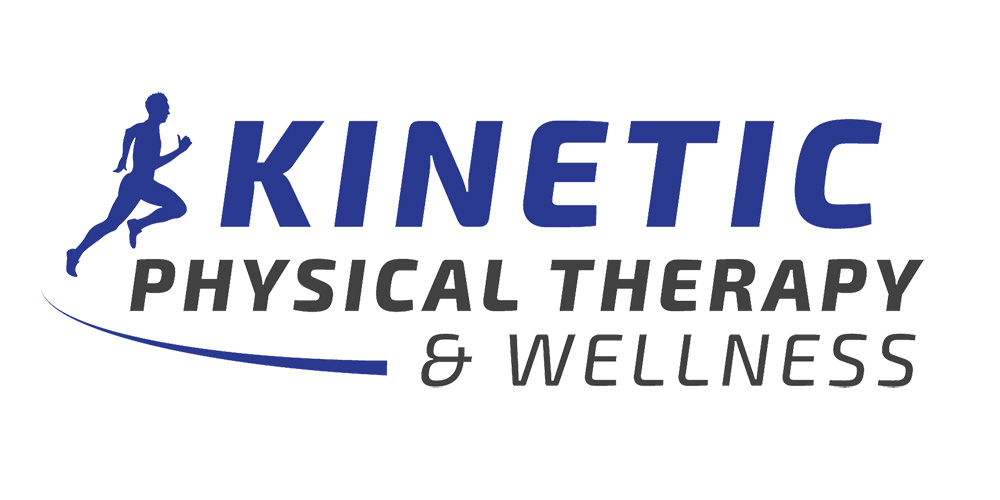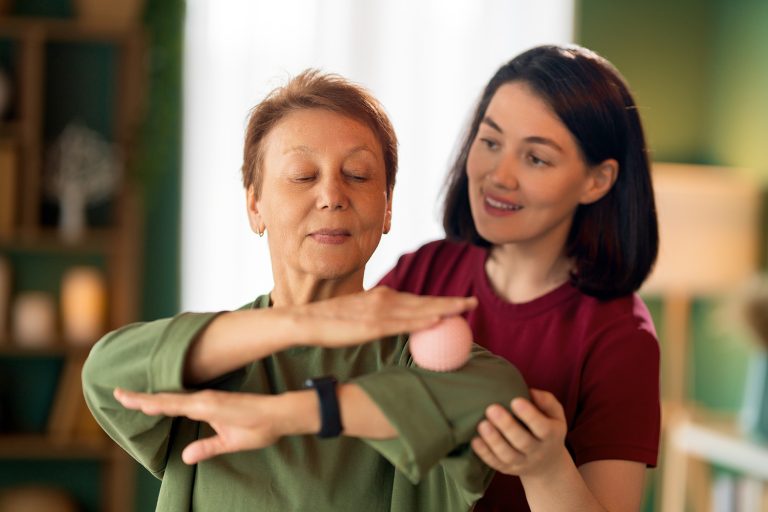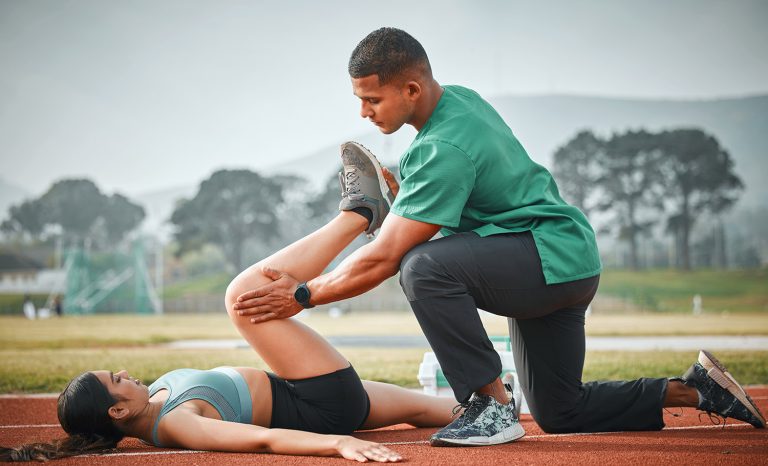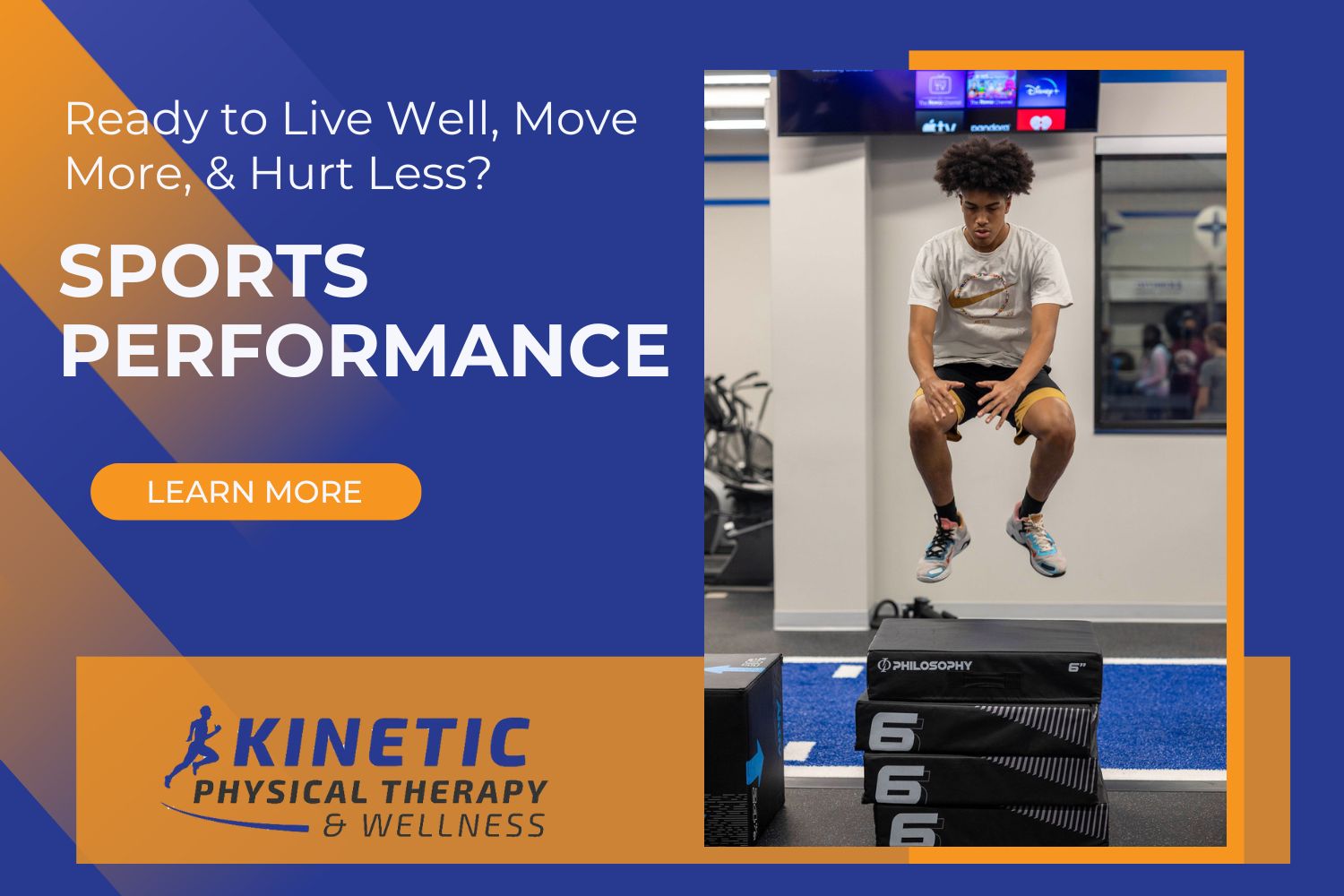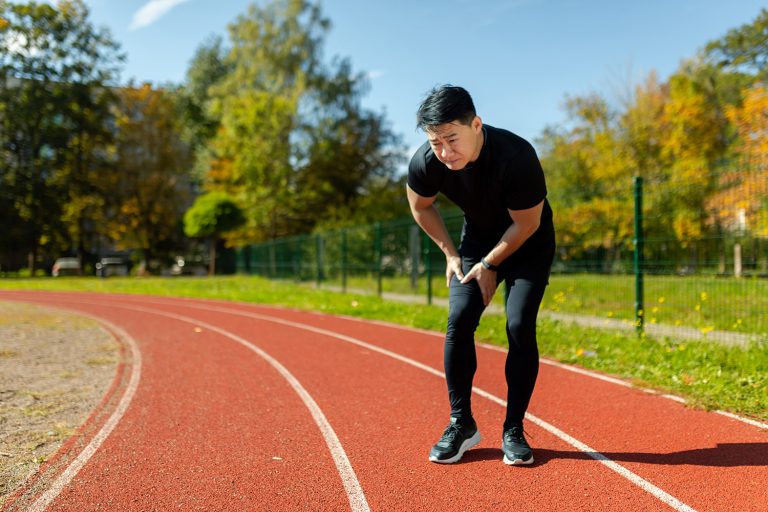
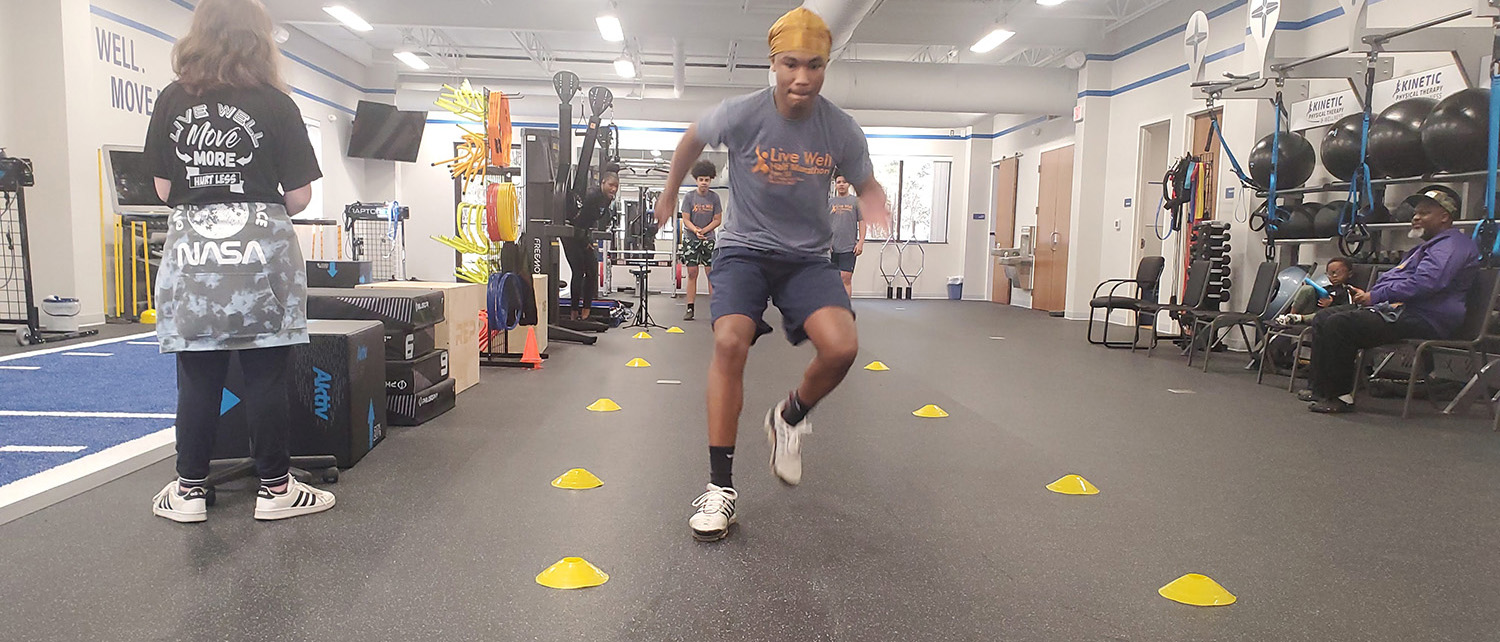
Reactive Agility Training is the Key to Faster, Smarter Movement
In competitive sports, the difference between winning and losing often comes down to a fraction of a second. Reactive agility training is a targeted approach that helps athletes improve their ability to change direction, accelerate, and respond to unexpected cues instantly. Unlike standard agility drills that follow predictable patterns, reactive agility work challenges both the body and mind to process information quickly and execute precise movements under pressure. At Kinetic Physical Therapy and Wellness, we integrate reactive agility training into our comprehensive sports performance programs to help athletes gain that split-second advantage that can completely shift the momentum of a game.
The Science Behind Reactive Agility Training
Reactive agility is more than just physical quickness—it’s the ability to combine perceptual skills, decision-making speed, and explosive movement into one seamless action. Reactive agility training focuses on strengthening the brain-muscle connection by exposing athletes to unpredictable scenarios. These may include responding to a visual cue, an auditory signal, or an opponent’s movement. This type of training improves neural pathways responsible for rapid response, making your reactions sharper and more accurate. When paired with strength, speed, and conditioning, reactive agility becomes a core component of a well-rounded sports performance plan.
How Reactive Agility Training Differs from Traditional Agility Drills
Many athletes mistakenly believe that ladder drills and cone runs alone will prepare them for game-day situations. While these exercises have value, they lack the unpredictability that true competition demands. Reactive agility training simulates real-game conditions by introducing unexpected variables that force quick adjustments. For example, instead of running to a predetermined cone, an athlete may be directed mid-sprint to change direction based on a coach’s signal or a sudden obstacle. This dynamic training style improves cognitive processing, reaction time, and adaptability—skills essential for any athlete seeking to excel in competitive play and dominate in sports performance.
Benefits of Reactive Agility Training for Athletes
Implementing Reactive Agility Training offers a wide range of benefits, including:
- Enhanced Decision-Making Speed – Athletes learn to process game information faster and react accordingly.
- Improved Footwork and Body Control – Quick changes of direction become smoother and more efficient.
- Reduced Risk of Injury – Better stability and balance lower the chances of awkward movements that lead to injuries.
- Greater Confidence Under Pressure – Athletes become more comfortable responding to high-intensity, unpredictable situations.
When included as part of a personalized sports performance program, these benefits can translate to noticeable improvements on game day.
Types of Reactive Agility Training Drills
At Kinetic Physical Therapy and Wellness, we design reactive agility training drills that are sport-specific and tailored to each athlete’s needs. Examples include:
- Light Cue Direction Changes – Athletes react to flashing lights indicating a change of movement direction.
- Coach’s Signal Sprints – Running or cutting based on a coach’s verbal or visual signal.
- Opponent Tracking Drills – Shadowing a partner’s unpredictable movements to simulate defensive and offensive situations.
- Ball Reaction Work – Reacting to a sudden pass, bounce, or roll in multiple directions.
These drills are progressive, starting with simple reactions and advancing to complex, high-speed scenarios that challenge both mental focus and physical execution within a sports performance framework.
Incorporating Cognitive Skills into Reactive Agility Training
A key element that sets reactive agility training apart from standard drills is the emphasis on cognitive performance. In sports, athletes must constantly scan their environment, anticipate opponents’ actions, and make decisions in milliseconds. Incorporating decision-making tasks—like color recognition cues, number sequences, or pattern matching—forces the brain to process information while the body is in motion. This not only enhances reaction time but also improves focus and mental stamina, making athletes sharper and more effective during high-pressure sports performance situations.
Sport-Specific Applications of Reactive Agility Training
Every sport places unique demands on agility, making reactive agility training highly adaptable. For example:
- Soccer Players must quickly change direction to intercept passes or avoid defenders.
- Basketball Guards rely on rapid lateral movement to stay with their opponent on defense.
- Football Running Backs need to react instantly to shifting defensive lines.
- Tennis Players must explode toward the ball based on its sudden change in trajectory.
By tailoring reactive drills to match the pace and unpredictability of a specific sport, we ensure athletes are better prepared for the challenges they’ll face during sports performance competition.
Injury Prevention Through Reactive Agility Training
One of the lesser-known benefits of reactive agility training is its role in injury prevention. Quick directional changes can place stress on joints, tendons, and ligaments. When athletes develop the ability to maintain balance and proper form while reacting to unexpected stimuli, they reduce the risk of injury from awkward landings or uncontrolled pivots. By integrating strength, flexibility, and stability exercises with agility drills, our sports performance programs help athletes build resilience that keeps them in the game longer.
Progression and Measurement in Reactive Agility Training
For reactive agility training to be effective, it must follow a progressive structure and include measurable benchmarks. Athletes can track improvement by recording reaction times, completion speeds, and accuracy rates during drills. At Kinetic Physical Therapy and Wellness, we use performance testing tools and video analysis to monitor progress and adjust programs accordingly. This ensures that each athlete’s sports performance continues to advance and that training remains challenging yet achievable.
Elevate Your Game with Reactive Agility Training
The ability to react instantly, move fluidly, and make fast, accurate decisions can turn an average athlete into a standout competitor. Reactive agility training provides the mental and physical edge needed to thrive under the unpredictable demands of competition. Whether you’re a student-athlete, a weekend warrior, or a professional, incorporating reactive agility into your sports performance plan can dramatically improve your quickness, confidence, and overall game impact. Contact Kinetic Physical Therapy and Wellness today to get started on a customized training program that will prepare you for game-changing moments.
Ready to elevate your athletic performance? Unlock your full potential with the Sports Performance Program at Kinetic Physical Therapy and Wellness in Greenville, NC! Our expert trainers provide personalized, science-backed training designed to enhance your strength, speed, and agility. Whether you’re a seasoned athlete or just starting out, our program is tailored to help you achieve your specific goals and excel in your sport. Don’t just play—perform at your best! Sign up for our Sports Performance Program today and take your game to the next level!
Please Share
categories
Recent Posts

Reactive Agility Training is the Key to Faster, Smarter Movement
In competitive sports, the difference between winning and losing often comes down to a fraction of a second. Reactive agility training is a targeted approach that helps athletes improve their ability to change direction, accelerate, and respond to unexpected cues instantly. Unlike standard agility drills that follow predictable patterns, reactive agility work challenges both the body and mind to process information quickly and execute precise movements under pressure. At Kinetic Physical Therapy and Wellness, we integrate reactive agility training into our comprehensive sports performance programs to help athletes gain that split-second advantage that can completely shift the momentum of a game.
The Science Behind Reactive Agility Training
Reactive agility is more than just physical quickness—it’s the ability to combine perceptual skills, decision-making speed, and explosive movement into one seamless action. Reactive agility training focuses on strengthening the brain-muscle connection by exposing athletes to unpredictable scenarios. These may include responding to a visual cue, an auditory signal, or an opponent’s movement. This type of training improves neural pathways responsible for rapid response, making your reactions sharper and more accurate. When paired with strength, speed, and conditioning, reactive agility becomes a core component of a well-rounded sports performance plan.
How Reactive Agility Training Differs from Traditional Agility Drills
Many athletes mistakenly believe that ladder drills and cone runs alone will prepare them for game-day situations. While these exercises have value, they lack the unpredictability that true competition demands. Reactive agility training simulates real-game conditions by introducing unexpected variables that force quick adjustments. For example, instead of running to a predetermined cone, an athlete may be directed mid-sprint to change direction based on a coach’s signal or a sudden obstacle. This dynamic training style improves cognitive processing, reaction time, and adaptability—skills essential for any athlete seeking to excel in competitive play and dominate in sports performance.
Benefits of Reactive Agility Training for Athletes
Implementing Reactive Agility Training offers a wide range of benefits, including:
- Enhanced Decision-Making Speed – Athletes learn to process game information faster and react accordingly.
- Improved Footwork and Body Control – Quick changes of direction become smoother and more efficient.
- Reduced Risk of Injury – Better stability and balance lower the chances of awkward movements that lead to injuries.
- Greater Confidence Under Pressure – Athletes become more comfortable responding to high-intensity, unpredictable situations.
When included as part of a personalized sports performance program, these benefits can translate to noticeable improvements on game day.
Types of Reactive Agility Training Drills
At Kinetic Physical Therapy and Wellness, we design reactive agility training drills that are sport-specific and tailored to each athlete’s needs. Examples include:
- Light Cue Direction Changes – Athletes react to flashing lights indicating a change of movement direction.
- Coach’s Signal Sprints – Running or cutting based on a coach’s verbal or visual signal.
- Opponent Tracking Drills – Shadowing a partner’s unpredictable movements to simulate defensive and offensive situations.
- Ball Reaction Work – Reacting to a sudden pass, bounce, or roll in multiple directions.
These drills are progressive, starting with simple reactions and advancing to complex, high-speed scenarios that challenge both mental focus and physical execution within a sports performance framework.
Incorporating Cognitive Skills into Reactive Agility Training
A key element that sets reactive agility training apart from standard drills is the emphasis on cognitive performance. In sports, athletes must constantly scan their environment, anticipate opponents’ actions, and make decisions in milliseconds. Incorporating decision-making tasks—like color recognition cues, number sequences, or pattern matching—forces the brain to process information while the body is in motion. This not only enhances reaction time but also improves focus and mental stamina, making athletes sharper and more effective during high-pressure sports performance situations.
Sport-Specific Applications of Reactive Agility Training
Every sport places unique demands on agility, making reactive agility training highly adaptable. For example:
- Soccer Players must quickly change direction to intercept passes or avoid defenders.
- Basketball Guards rely on rapid lateral movement to stay with their opponent on defense.
- Football Running Backs need to react instantly to shifting defensive lines.
- Tennis Players must explode toward the ball based on its sudden change in trajectory.
By tailoring reactive drills to match the pace and unpredictability of a specific sport, we ensure athletes are better prepared for the challenges they’ll face during sports performance competition.
Injury Prevention Through Reactive Agility Training
One of the lesser-known benefits of reactive agility training is its role in injury prevention. Quick directional changes can place stress on joints, tendons, and ligaments. When athletes develop the ability to maintain balance and proper form while reacting to unexpected stimuli, they reduce the risk of injury from awkward landings or uncontrolled pivots. By integrating strength, flexibility, and stability exercises with agility drills, our sports performance programs help athletes build resilience that keeps them in the game longer.
Progression and Measurement in Reactive Agility Training
For reactive agility training to be effective, it must follow a progressive structure and include measurable benchmarks. Athletes can track improvement by recording reaction times, completion speeds, and accuracy rates during drills. At Kinetic Physical Therapy and Wellness, we use performance testing tools and video analysis to monitor progress and adjust programs accordingly. This ensures that each athlete’s sports performance continues to advance and that training remains challenging yet achievable.
Elevate Your Game with Reactive Agility Training
The ability to react instantly, move fluidly, and make fast, accurate decisions can turn an average athlete into a standout competitor. Reactive agility training provides the mental and physical edge needed to thrive under the unpredictable demands of competition. Whether you’re a student-athlete, a weekend warrior, or a professional, incorporating reactive agility into your sports performance plan can dramatically improve your quickness, confidence, and overall game impact. Contact Kinetic Physical Therapy and Wellness today to get started on a customized training program that will prepare you for game-changing moments.
Ready to elevate your athletic performance? Unlock your full potential with the Sports Performance Program at Kinetic Physical Therapy and Wellness in Greenville, NC! Our expert trainers provide personalized, science-backed training designed to enhance your strength, speed, and agility. Whether you’re a seasoned athlete or just starting out, our program is tailored to help you achieve your specific goals and excel in your sport. Don’t just play—perform at your best! Sign up for our Sports Performance Program today and take your game to the next level!
Please Share
